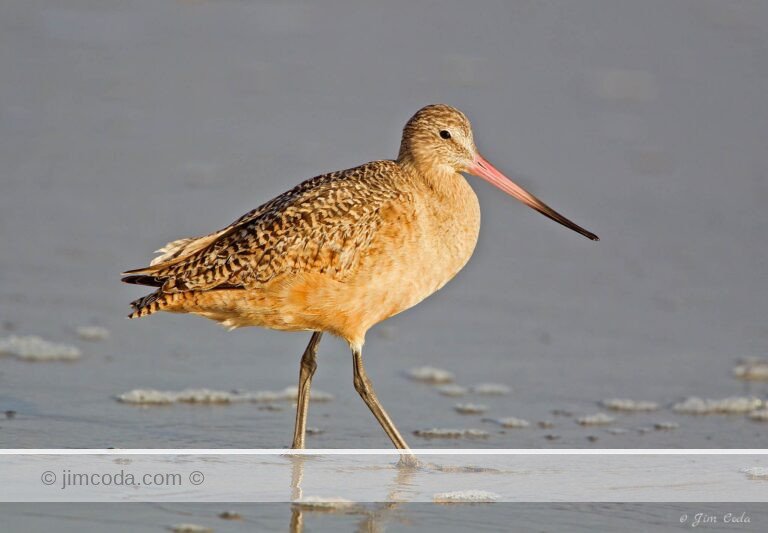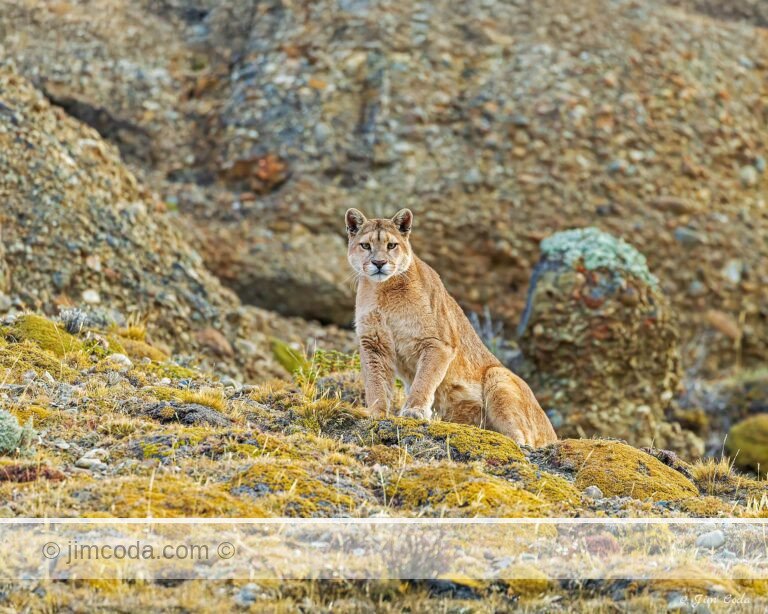Tag: great horned owl
I was at Point Reyes National Seashore a few weeks ago and saw many creatures I typically see there such...
I learned about Jim Goldstein’s blog project some time in 2011. To learn more about it click here. ...
Great Horned Owl in Barn Window
I went out to Point Reyes a couple of days ago. The elk rut has started,...
Great Horned Owl, Point Reyes National Seashore
It’s mid-day and this adult great horned owl has...
Great Horned Owl, Point Reyes National Seashore
This owl was in a tree next to the road to Point Reyes...
I went out to Point Reyes recently. My friend Jeff joined me. We hoped to find some owls and bluebirds...
No articles found
Prints for sale
Browse my selection of photos for sale as fine art prints
Filter by category
Sorry, no prints in this category









